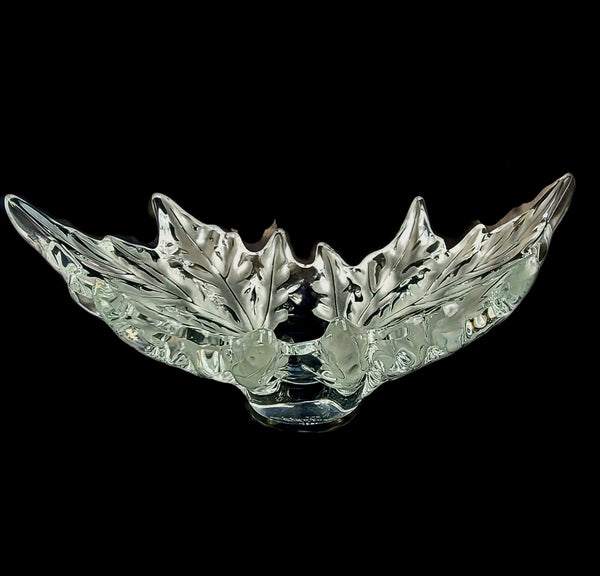How to Find Damage and Repairs When Buying and Collecting Art Glass

Buying any kind of art glass or antique glass requires a bit of talent and a good set of eyes. Unfortunately, despite how valuable a piece of glass is, if there is damage noted, the value of a fine piece of art or antique glass diminishes drastically. Therefore, it is in your best interest to identify any damage prior to purchasing a piece of fine antique glass, art glass, or cut glass. These guidelines will get you going in the right direction and keep you from bringing home a dud.
Always look at glass in the daylight either outside or under the light of a window. I can't stress how many times I have picked up a piece of glass with the intent of purchasing it and upon further inspection under better light find that there are chips or repairs that I did not notice prior. With that said, look for any damage such as chips on the rim or handle or on any sharp areas. When doing this never pick up a piece by the handle, but instead with both hands around the body of the piece with clean, dry hands. Depending upon the piece of glass you are looking at there may be some expected amount of wear that is acceptable such as what we call fleabites or small bitten areas from wear on a piece of old depression glass for example. Keep in mind what pieces were used for. Was this a plate that is 100 years old that was washed every day and just lucky to have survived all this time? Look at everything with perspective and be rational.
The more elaborate and detailed a piece of glass the harder the damage is to see. Look at the proportion of the piece. For example, a piece of cut glass like American Brilliant will typically have a clear rim at the top where there are not any cuts from 3/8 inch to an inch in diameter from the top. If there is no clear flat rim it brings to question if the piece was chipped badly and ground down and polished? If there are teeth or angles on a piece of glass are there many that are broken?
Are there scratches noted to the glass? Where are they? What type of glass are you looking at? Murano glass typically has scratches on the bottom which is common and an indicator that it is true Murano glass which is not a bad sign. Scratches can be an indicator of age and many people like to leave scratches to preserve the piece in its original state.
Look for "sick" glass, where there is a white residue or film on the inside of a piece from water residue. Sometimes it can be cleaned, but be aware that sometimes it cannot. If you love the piece of glass and want it and the price is right try it. You can attempt to "heal" it with mild dish soap, denture tablets or a 35% hydrogen peroxide solution. Sometimes adding rice and swirling it in the glass will help to dislodge any residue. If all else fails you can find a professional glass cleaner, but it can be pricey. The good news is that it can sometimes triple or quadruple your investment.
Bottom line...beauty is in the eye of the beholder. Enjoy your collection. If you are an addict as I am, sometimes it is all about the piece you find. If you are collecting for the joy of it don't be disheartened, sometimes it is all about what you can live with. After all every piece has its own history and comes with its own beauty.
Leave a comment
Comments will be approved before showing up.




